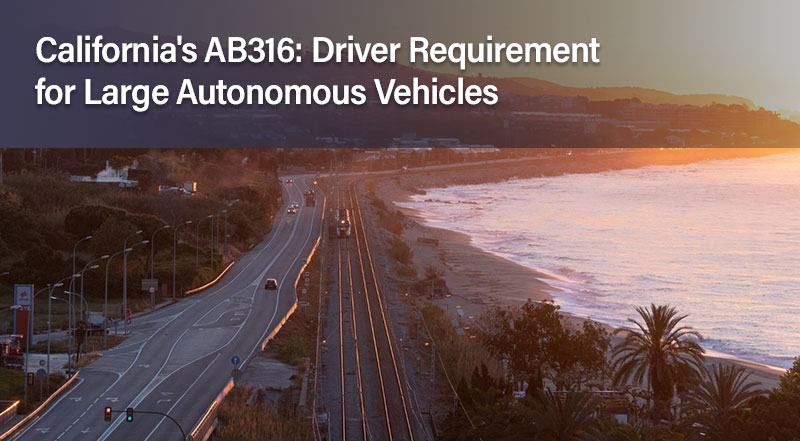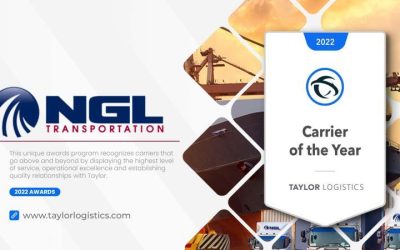Introduction:
California’s
proposed bill, AB316, seeks to regulate
the operation of large autonomous
vehicles by mandating the presence of a
driver during their operation. In this
blog post, we delve into the crucial
details of AB316 and explore its
potential ramifications on the future of
autonomous trucking in California.
Overview of AB316:
AB316 stipulates
that autonomous vehicles weighing over
10,001 pounds must have a driver on
board while in operation. This driver
would assume control in case of
emergencies or system failures within
the autonomous technology.
Enhancing Safety with Driver
Requirement:
The primary goal of
AB316’s driver requirement is to
enhance safety by incorporating human
oversight in the operation of large
autonomous vehicles. Advocates argue
that this measure can mitigate risks and
minimize accidents during the transition
to autonomous technology.
Shaping the Future of Autonomous
Trucking:
AB316 has the potential
to significantly shape the landscape of
autonomous trucking in California. While
it may introduce additional costs and
complexities, the driver requirement
offers reassurance in terms of safety,
potentially influencing the scalability
and adoption of autonomous trucks.
Striking a Balance Between Innovation
and Safety:
AB316 strikes a balance
between fostering innovation and
ensuring safety by mandating the
presence of a driver in large autonomous
vehicles. It acknowledges the
transformative potential of autonomous
technology while prioritizing human
oversight during the transitional phase.
Future of AB316:
The fate of AB316
remains uncertain as it progresses
through review, potential amendments,
and public input before potentially
becoming law. Industry stakeholders will
actively participate in shaping the
final legislation.
California’s Proactive
Approach:
AB316 exemplifies
California’s proactive approach to
regulating large autonomous vehicles. By
requiring a driver, the bill seeks to
strike a harmonious balance between the
benefits of autonomous technology and
safety concerns. Its outcome will
significantly impact the future of
autonomous trucking in California and
may serve as a model for other states.
Finding common ground between innovation
and safety is crucial for the
transportation sector to unlock the full
potential of autonomous vehicles.





